Home>Ideas and Tips>DIY Guide To Installing A Kitchen Tile Backsplash With Glow-in-the-Dark Grout
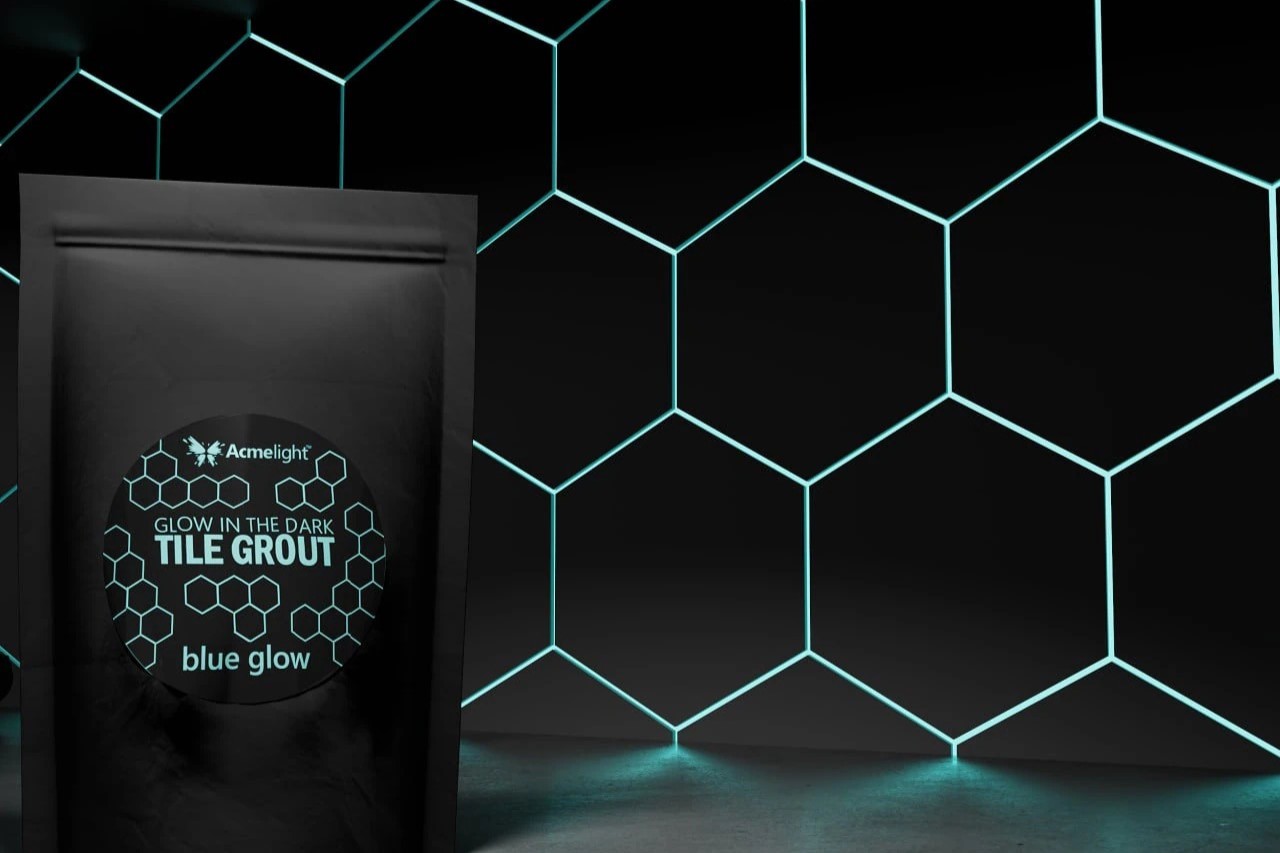

Ideas and Tips
DIY Guide To Installing A Kitchen Tile Backsplash With Glow-in-the-Dark Grout
Published: September 21, 2024
Transform your kitchen with our DIY guide to installing a tile backsplash featuring glow-in-the-dark grout. Step-by-step instructions for a stunning finish.
(Many of the links in this article redirect to a specific reviewed product. Your purchase of these products through affiliate links helps to generate commission for Storables.com, at no extra cost. Learn more)
Installing a kitchen tile backsplash is a fantastic way to enhance the aesthetic and functionality of your kitchen. Not only does it protect your walls from spills and splatters, but it also adds a dash of style and personality to the space. In this comprehensive guide, we will walk you through the steps of installing a kitchen tile backsplash, with a special focus on incorporating glow-in-the-dark grout for an extra touch of elegance.
Preparing Your Wall
Before you begin, it's essential to prepare your wall for the tile installation. This involves several key steps:
Cleaning the Wall
Start by cleaning the wall thoroughly. Remove any grease or grime using a degreaser. This ensures that your tiles stick better and provides a clean slate for your project.
Addressing Wall Imperfections
Smooth out any bumps or holes using a patching compound. A clean and smooth surface is crucial for ensuring that your tiles sit perfectly and evenly.
Measuring and Cutting Tiles
Measure the area you want to cover, and calculate the number of tiles needed. It's a good idea to buy 10% more tiles than your actual measurement to account for waste and breakage. Use a measuring tape and tile cutter or wet saw to cut the tiles as needed. For tricky spots like outlets or corners, a wet saw is particularly handy.
Tools and Materials Needed
To get started, you'll need the right tools and materials. Here’s a list of what you’ll need:
- Measuring Tape: For measuring the area and cutting tiles.
- Tile Cutter or Wet Saw: For cutting tiles accurately.
- Notched Trowel: For applying adhesive to the wall.
- Rubber Float: For spreading and smoothing grout.
- Bucket and Sponge: For mixing and applying grout.
- Glow-in-the-Dark Grout: The star of the show This special grout will add an extra layer of elegance to your backsplash.
- Adhesive (Thin-Set Mortar): Ideal for ceramic or porcelain tiles. For glass or stone, use a white, thin-set mortar formulated explicitly for these materials.
- Spacers: To ensure even gaps between tiles.
- Painter’s Tape: To protect areas you don’t want to get grout on.
- Level: To ensure your tiles are straight and even.
- Safety Glasses: For protecting your eyes during cutting and grouting.
- Pencil: For marking the wall with gridlines.
- 2×4 for a Temporary Level (if needed): To support your backsplash tile until everything cures.
Step-by-Step Installation Guide
Step 1: Plan Your Tile Layout
Carefully measure the length and width of your backsplash area. Draw out the area on a piece of scrap wood to visualize your design. Find the center of the area and mark a vertical line since many tile patterns look best when centered. Dry lay your tiles vertically, using spacers to ensure even gaps. Confirm that your vertical layout will work without leaving any tiles that are too small or thin. Next, dry lay your tiles horizontally and check the ends. If any pieces would need to be cut too narrow, adjust your layout accordingly.
Step 2: Apply Adhesive to the Wall
Using a notched trowel, apply adhesive to the wall starting from the bottom center. Mix and apply the adhesive following the manufacturer's instructions. Make sure to spread it evenly and avoid applying too much at once, as this can lead to excess adhesive drying before you can tile over it.
Step 3: Lay Tiles
Start sticking tiles from the center, working your way outwards to ensure symmetry. Press each tile firmly into the adhesive, using spacers for even gaps. Ensure even pressure to prevent air bubbles from forming under the tiles.
Step 4: Grouting Process
Once all tiles are in place, it's time for grouting. Choose the right grout based on the size of your gaps. Sanded grout works well for larger gaps, while unsanded grout is suitable for smaller gaps. Using a rubber float, apply the grout diagonally across the tiles, pushing it into the gaps. Wipe off excess grout with a damp sponge. Repeat this process until all excess grout is removed and your tiles are clean.
Step 5: Applying Glow-in-the-Dark Grout
For an extra touch of elegance, apply glow-in-the-dark grout according to the manufacturer's instructions. This type of grout requires special handling as it needs to be charged under UV light before it glows in the dark. Ensure that you follow all safety precautions when handling this type of grout.
Step 6: Cleaning and Maintenance
After grouting, use a damp sponge to clean any haze from the surface of the tile. Repeat this process until the tile surface is free of grout. Once all excess grout is cleaned off, let your grout dry for a while before giving your tile a final cleaning. You may notice that your tiles look a little hazy before your final cleaning. If you accidentally wait too long to wipe the haze off, you might need to purchase a haze remover.
Step 7: Sealing the Backsplash (Optional)
If you're using natural stone or want to ensure longevity and ease of cleaning, consider sealing your backsplash. This step is especially important if you're using glow-in-the-dark grout as it may require special care.
Finishing Touches
Installing Outlet Extenders & Replacing Outlet Covers
Ensure that your outlets and switches sit level with your new tile backsplash by adding box extenders. Replace your outlet and switch covers to match your new tile backsplash. For an added touch, paint the outlet covers to blend in with your tiles.
Caulking Joints
Finally, caulk the gap between your countertop and tile backsplash. This will ensure a seamless look and prevent water from seeping behind the tiles. Caulk between the backsplash and any wall corners for added protection.
Troubleshooting Common Issues
Every project has its challenges. Here are some common issues you might encounter during your installation:
-
Uneven Tiles: If your tiles are not straight or even, check your level and adjust accordingly. You can also use a ledger board to temporarily support your backsplash tile until everything cures.
-
Grout Drying Too Fast: If your grout dries too fast, make sure you're working in a well-ventilated area and using a damp sponge to wipe off excess grout immediately.
-
Glow-in-the-Dark Grout Issues: If you're using glow-in-the-dark grout, ensure that it's charged under UV light before it glows in the dark. Follow all safety precautions when handling this type of grout.
Conclusion
Installing a kitchen tile backsplash with glow-in-the-dark grout is a rewarding DIY project that can add both functionality and elegance to your kitchen. By following these steps and tips, you'll be able to create a stunning backsplash that not only protects your walls but also adds a unique touch of style. Remember to take your time, follow safety precautions, and enjoy the process of transforming your kitchen into a beautiful space.
Additional Tips & Resources
For more detailed instructions and tips, consider downloading DIY installation guidelines from reputable sources like Mineraltiles.com or TheDIYPlaybook.com. These resources provide valuable insights into various aspects of tile installation, including working around electrical outlets and choosing the right materials for your project.
By combining these steps with your own creativity and patience, you'll be able to create a kitchen tile backsplash that shines both during the day and in the night
Was this page helpful?
At Storables.com, we guarantee accurate and reliable information. Our content, validated by Expert Board Contributors, is crafted following stringent Editorial Policies. We're committed to providing you with well-researched, expert-backed insights for all your informational needs.
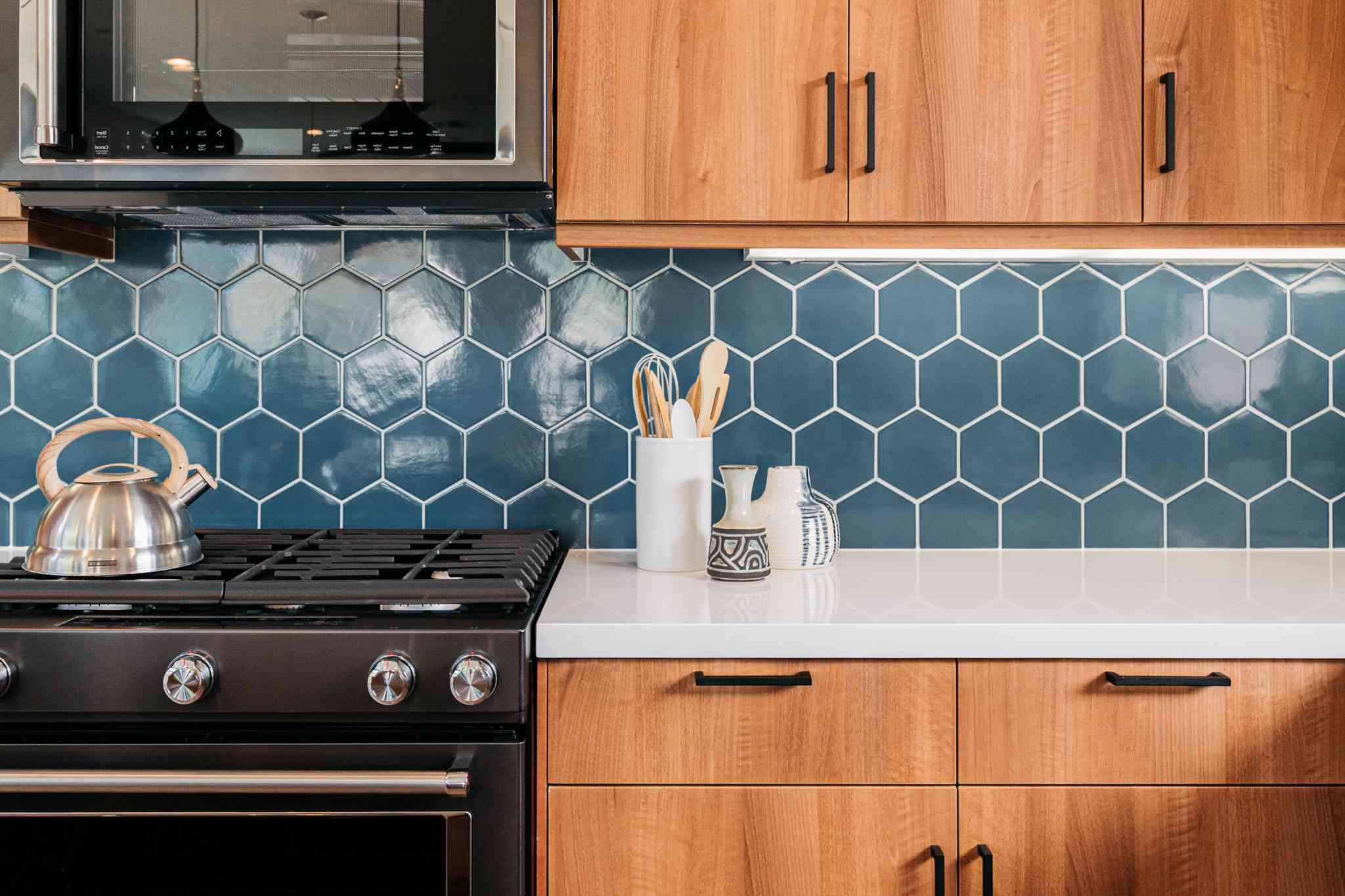
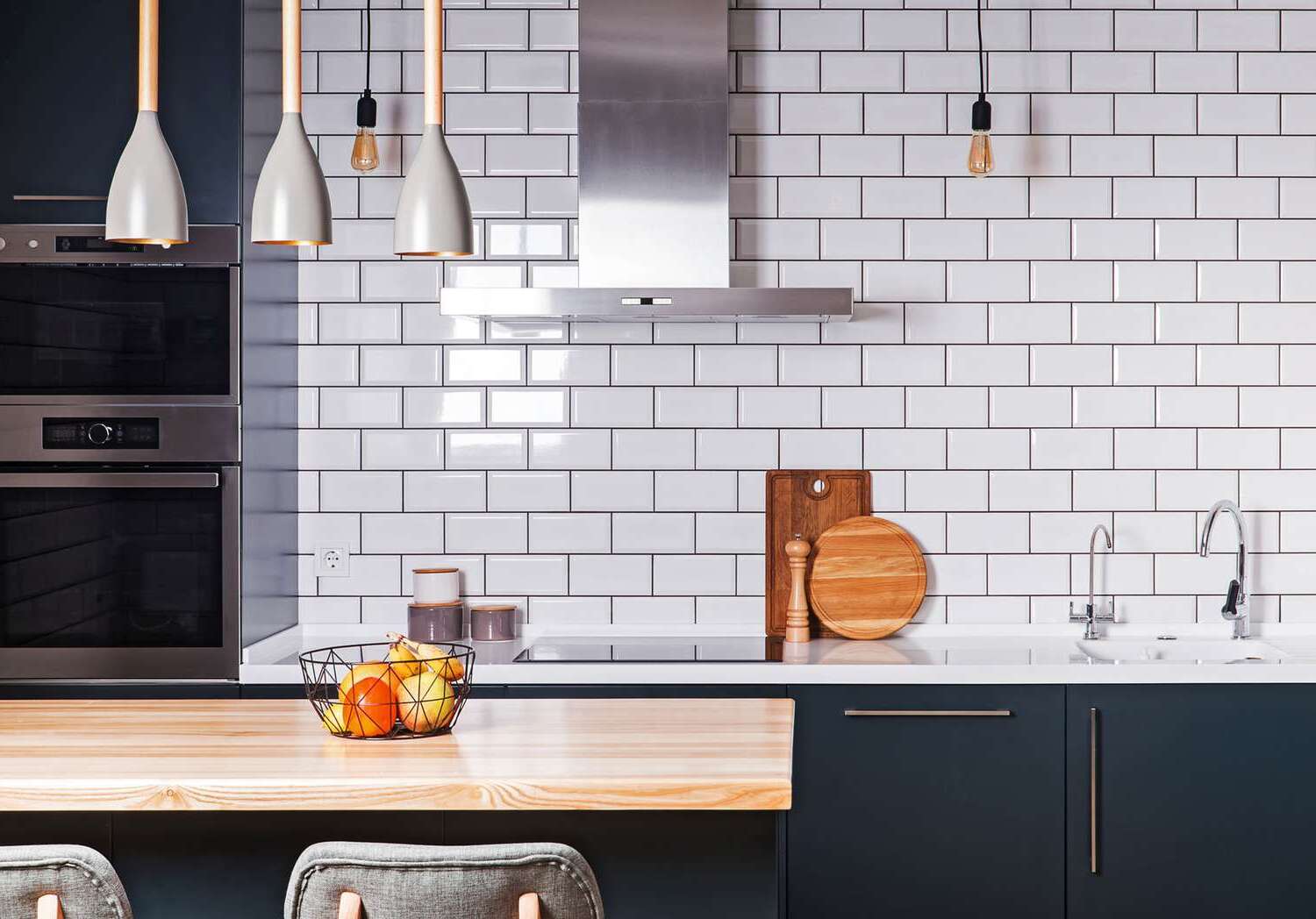
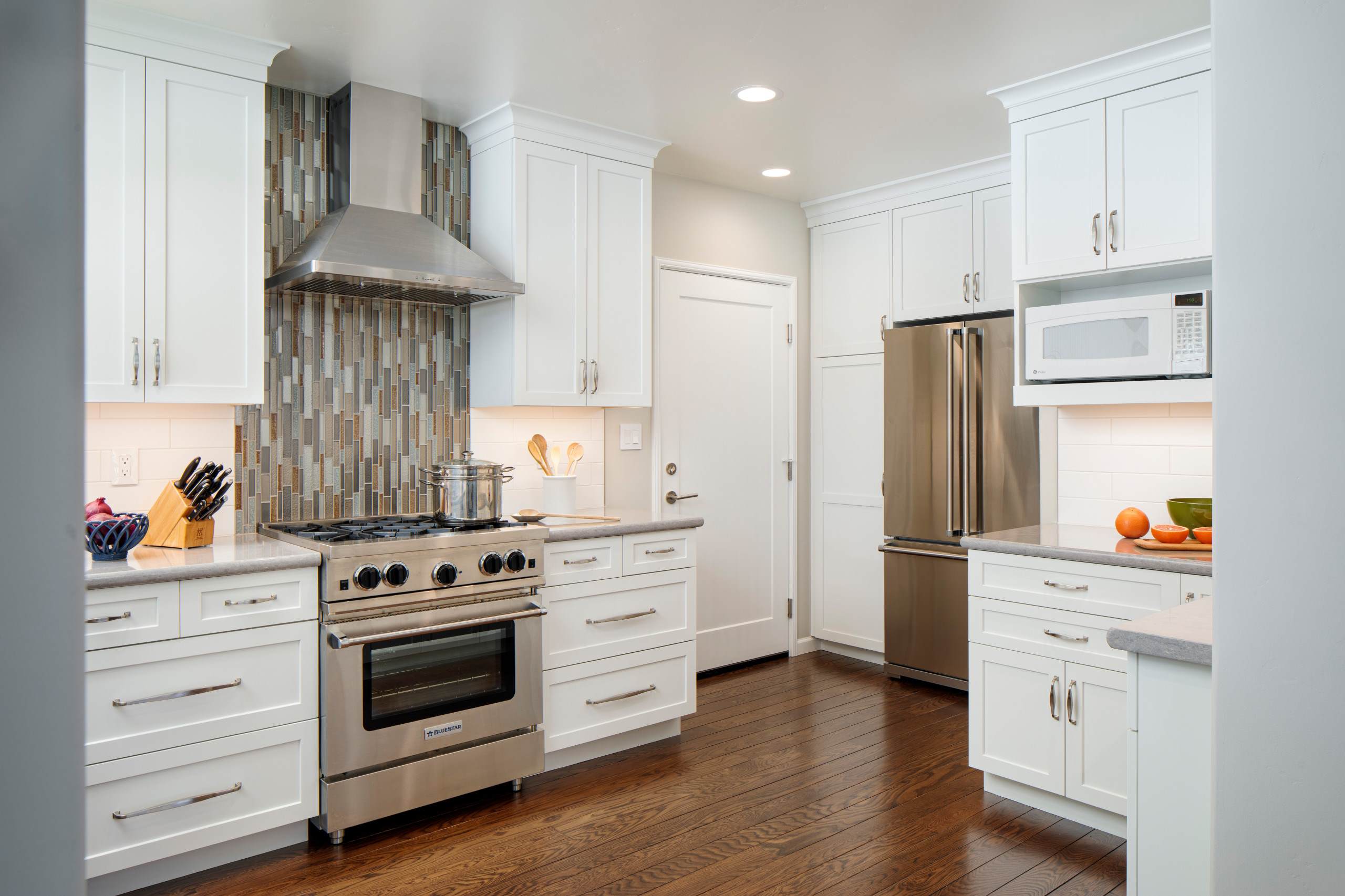
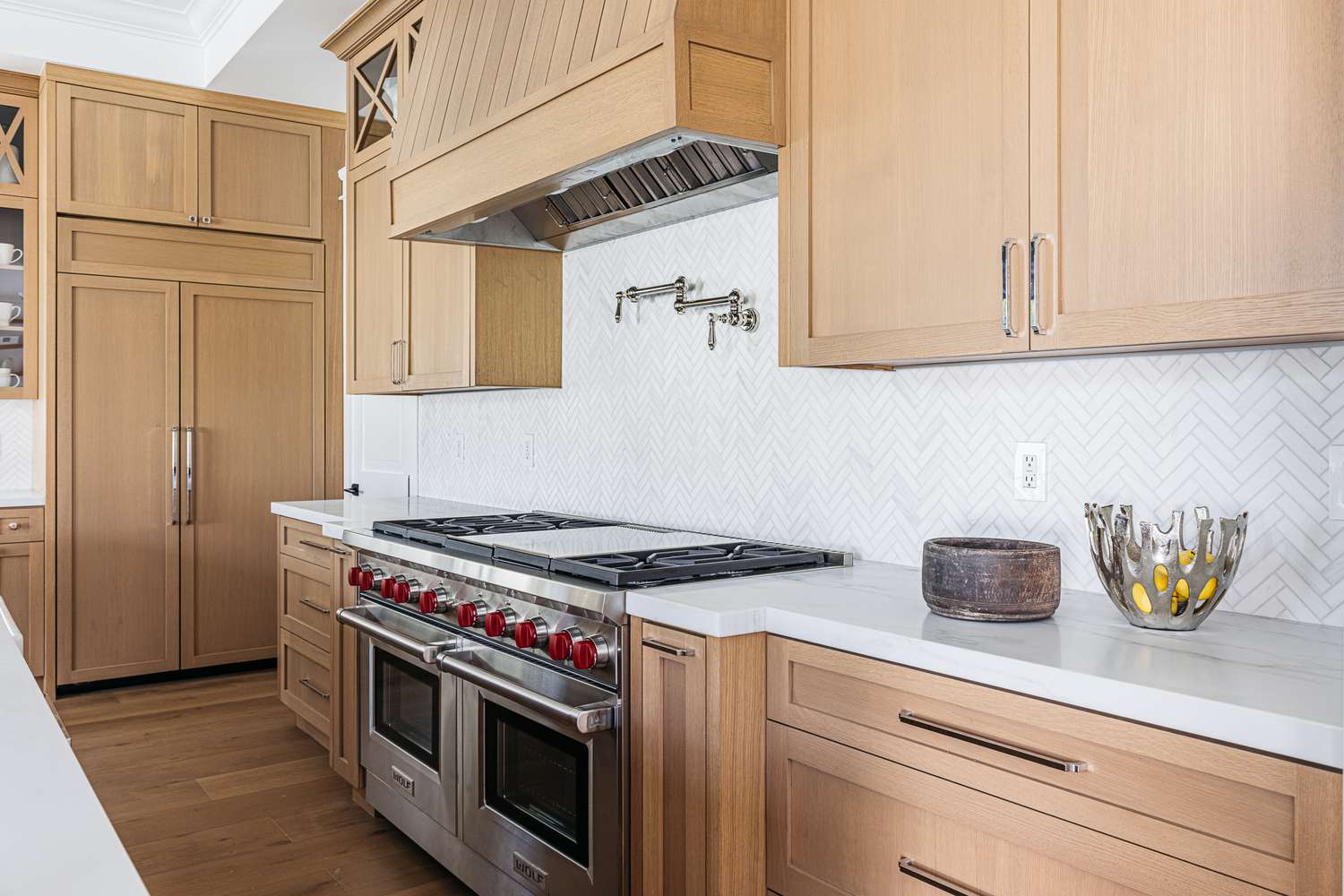
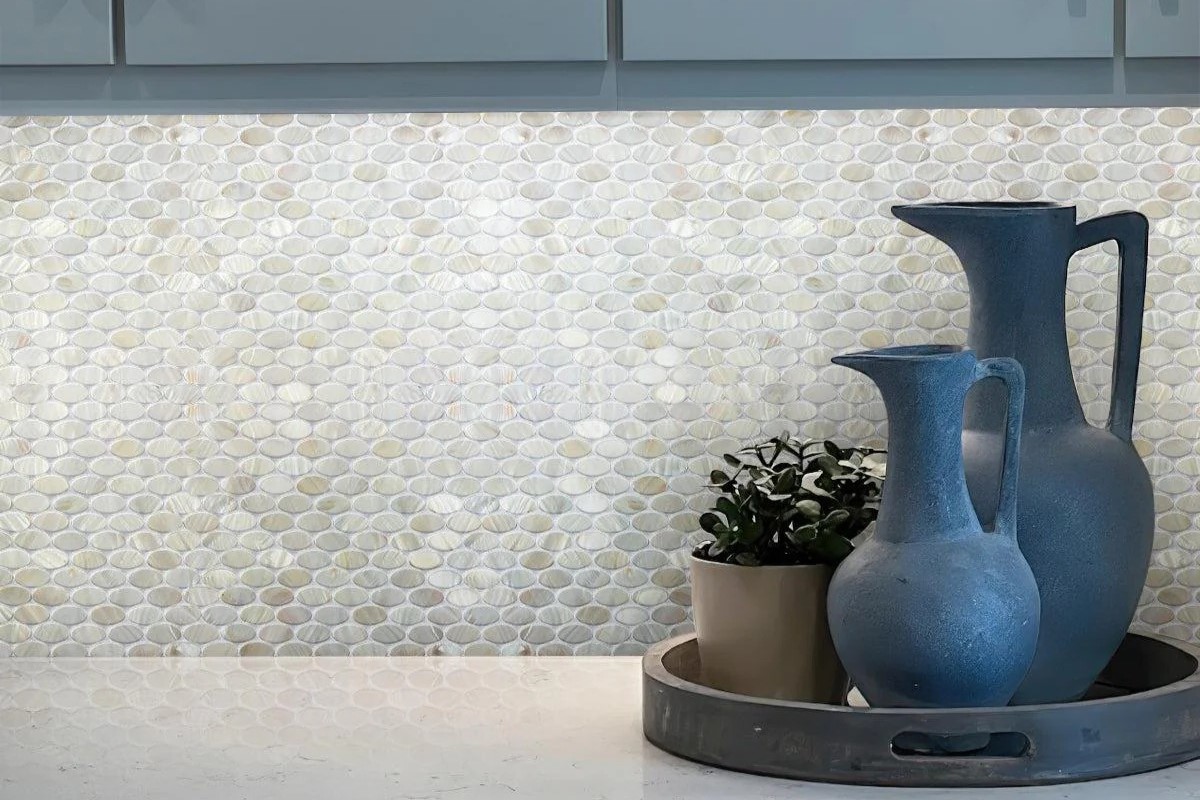
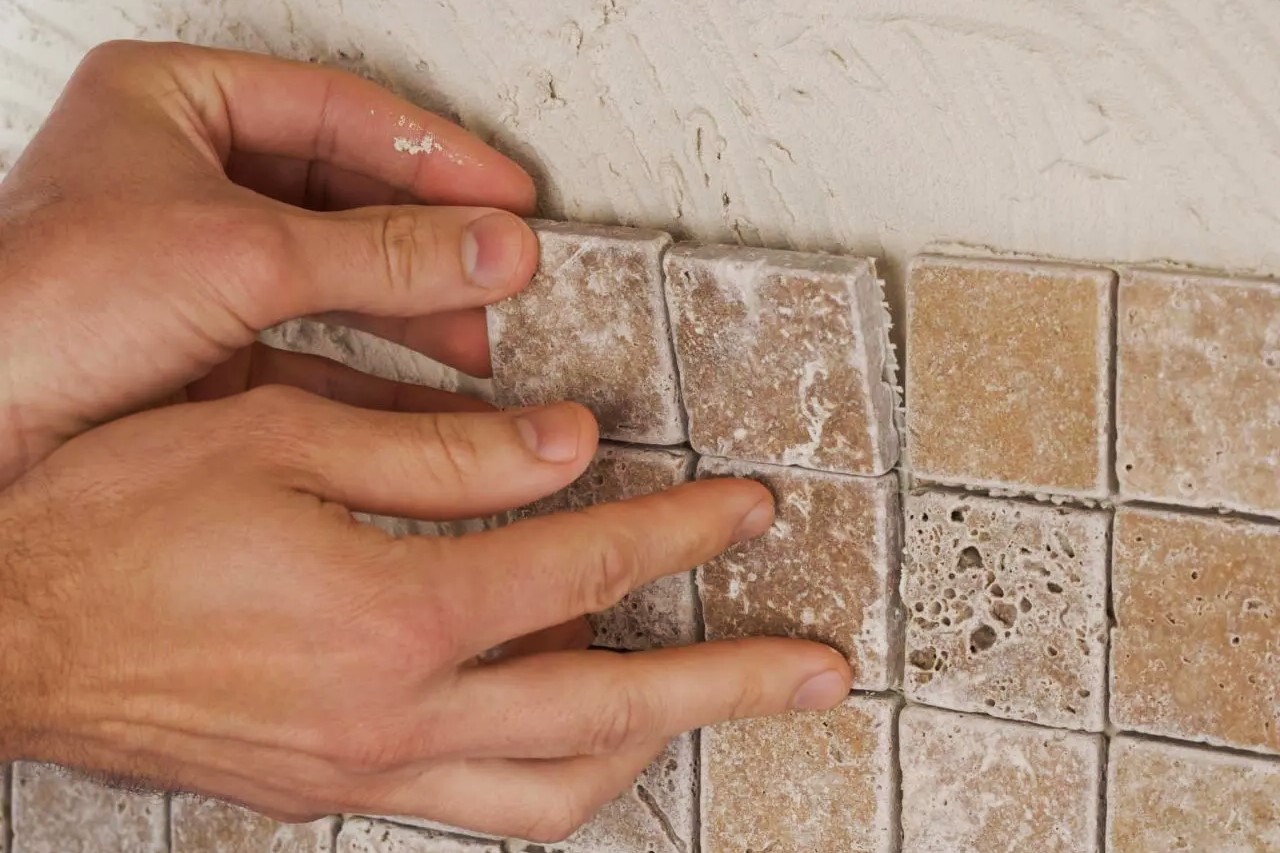
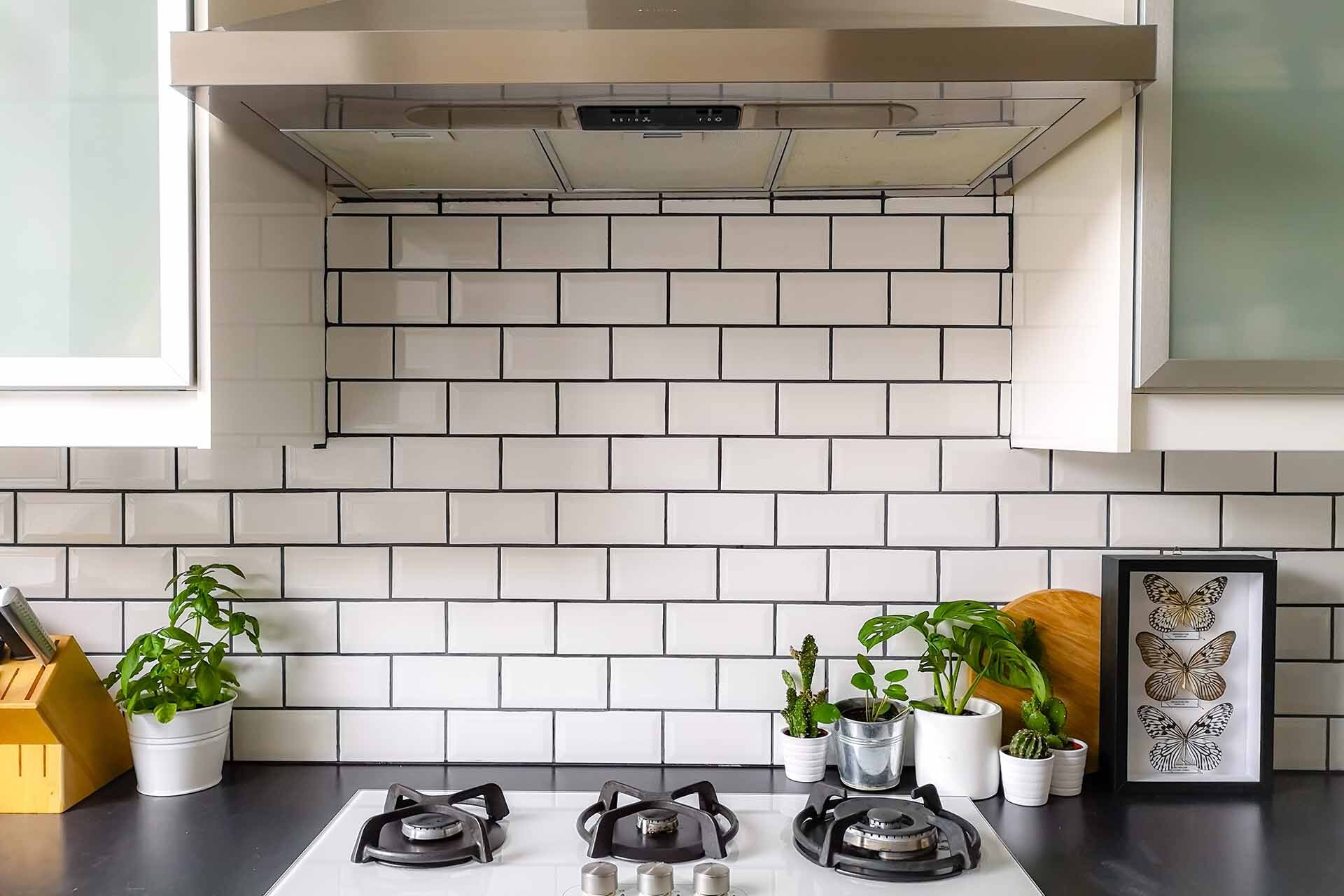
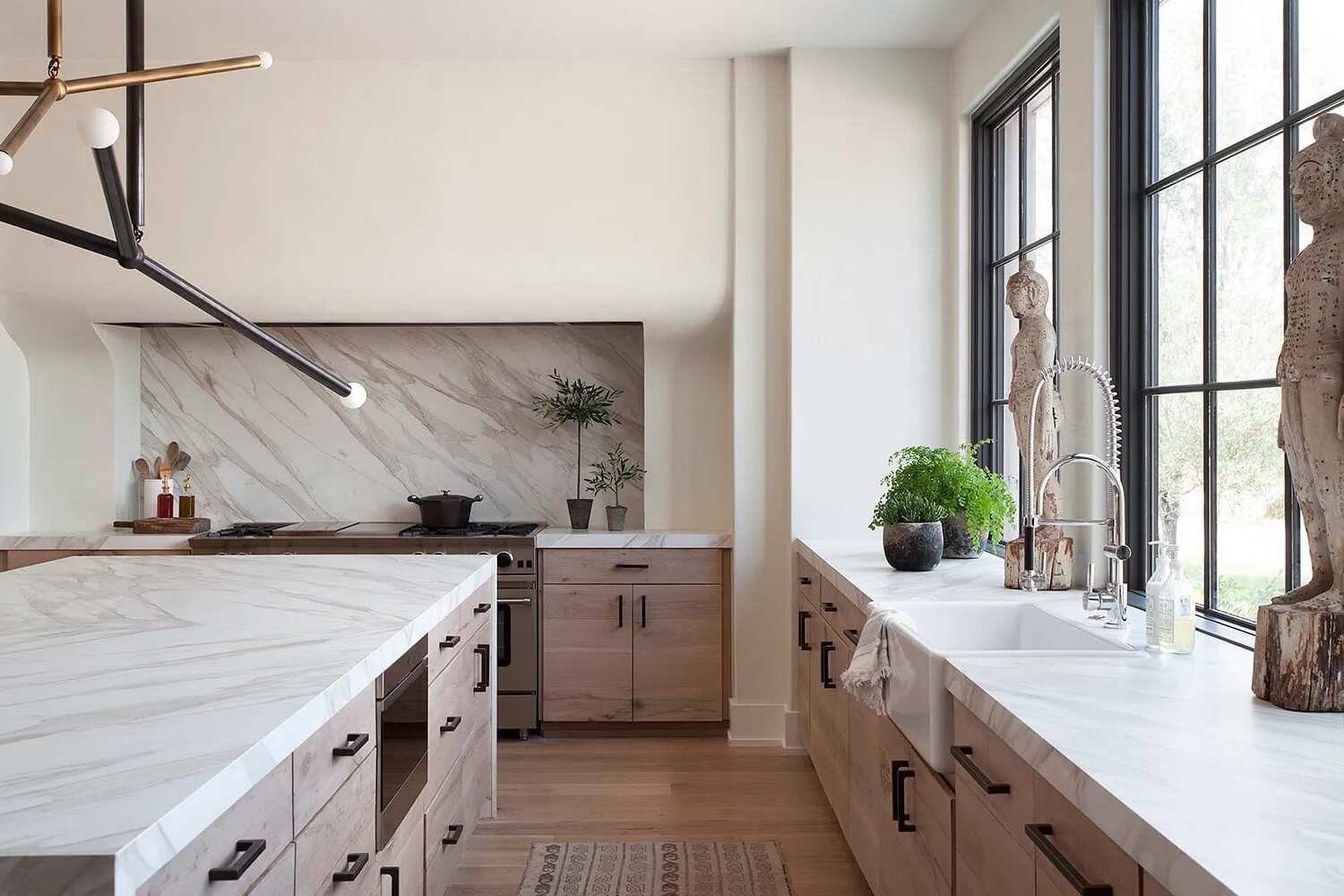
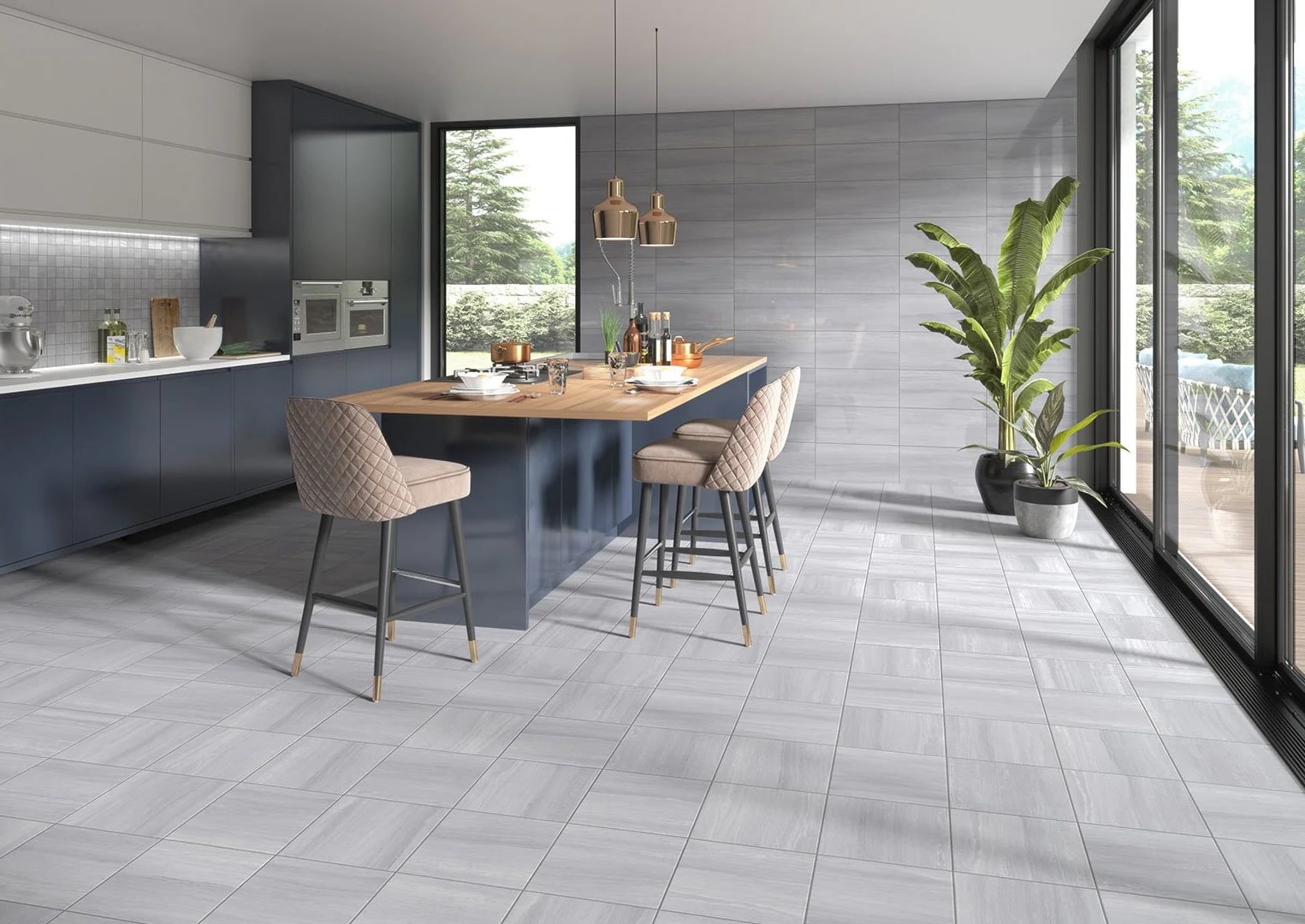
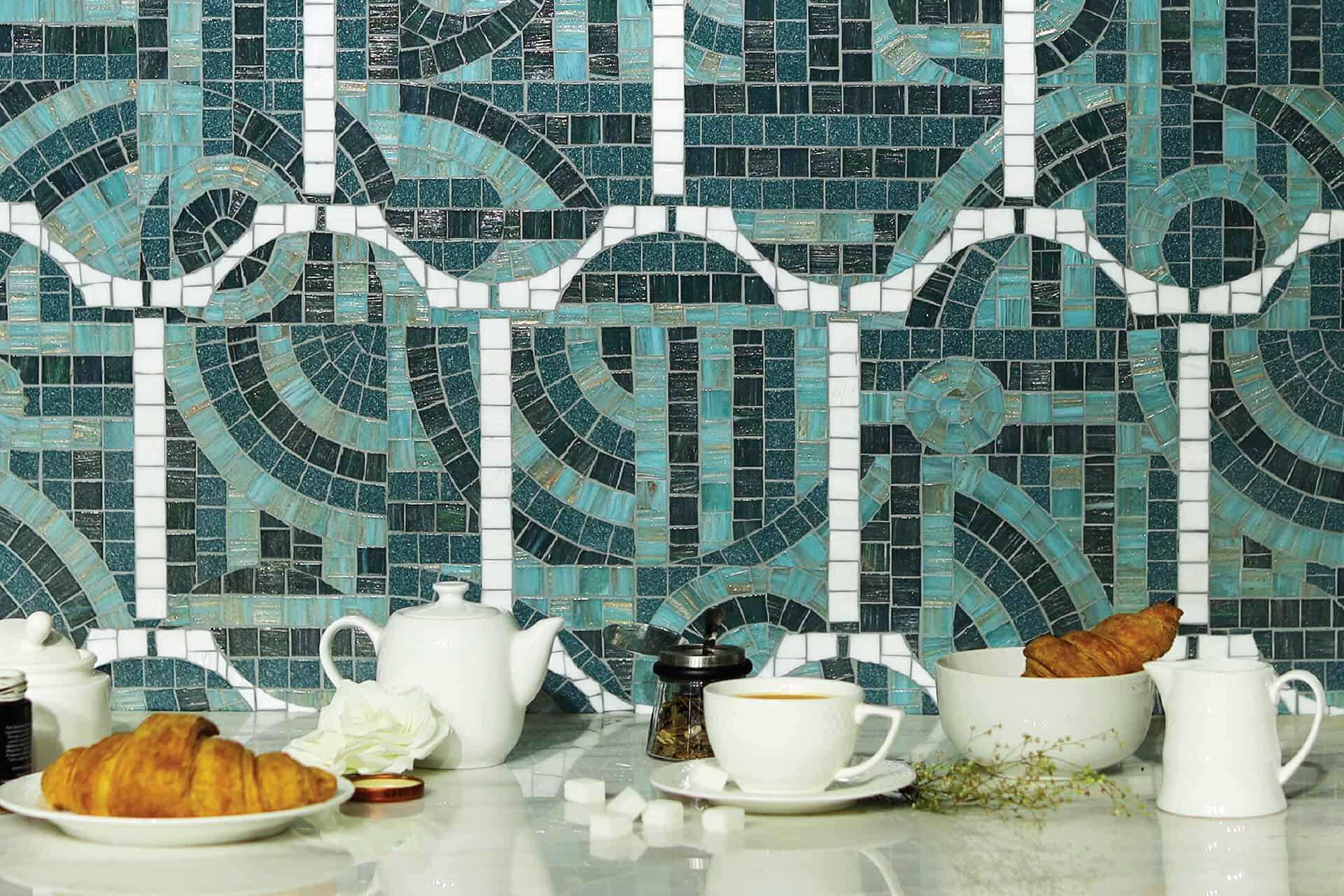
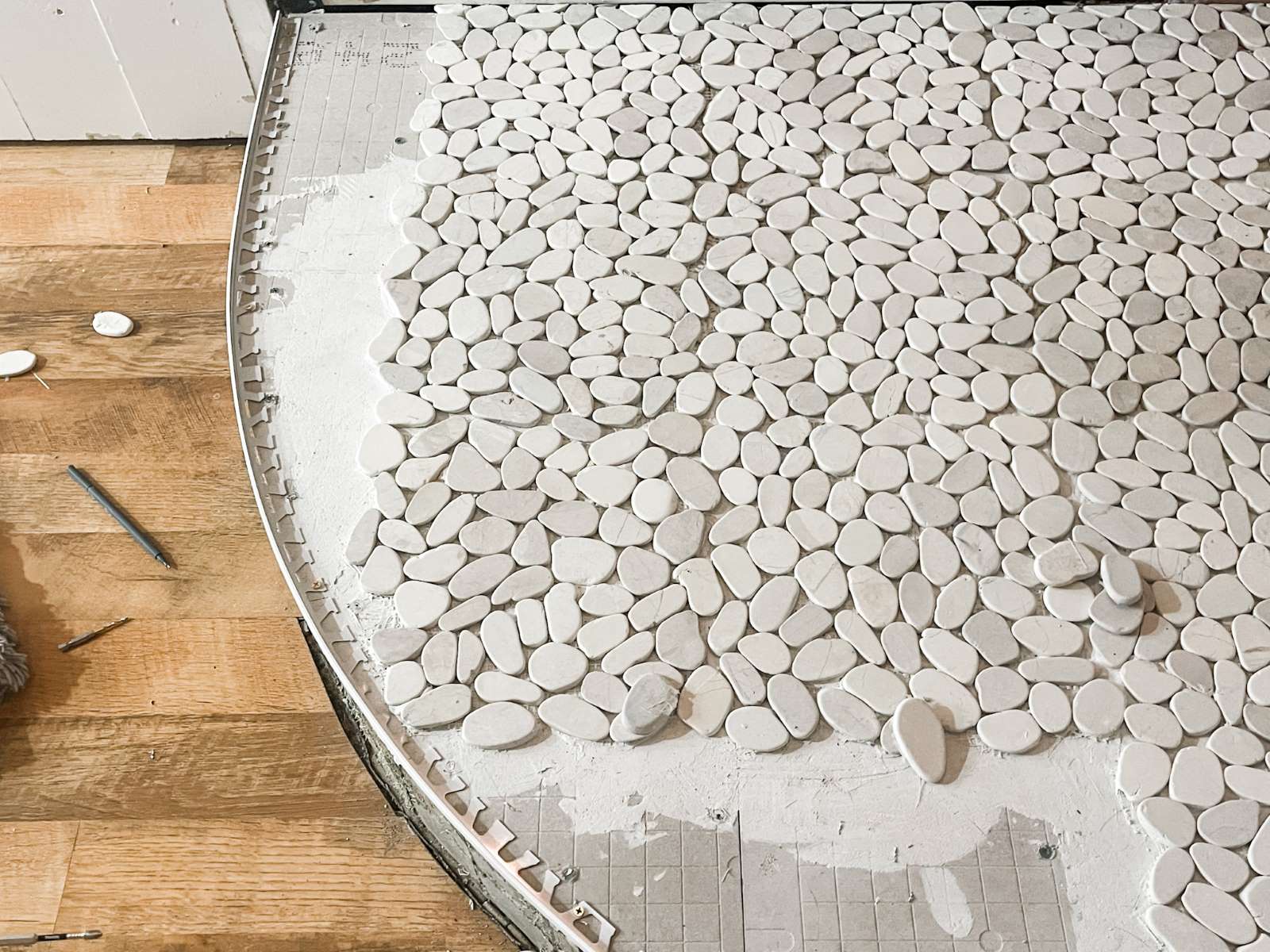

0 thoughts on “DIY Guide To Installing A Kitchen Tile Backsplash With Glow-in-the-Dark Grout”